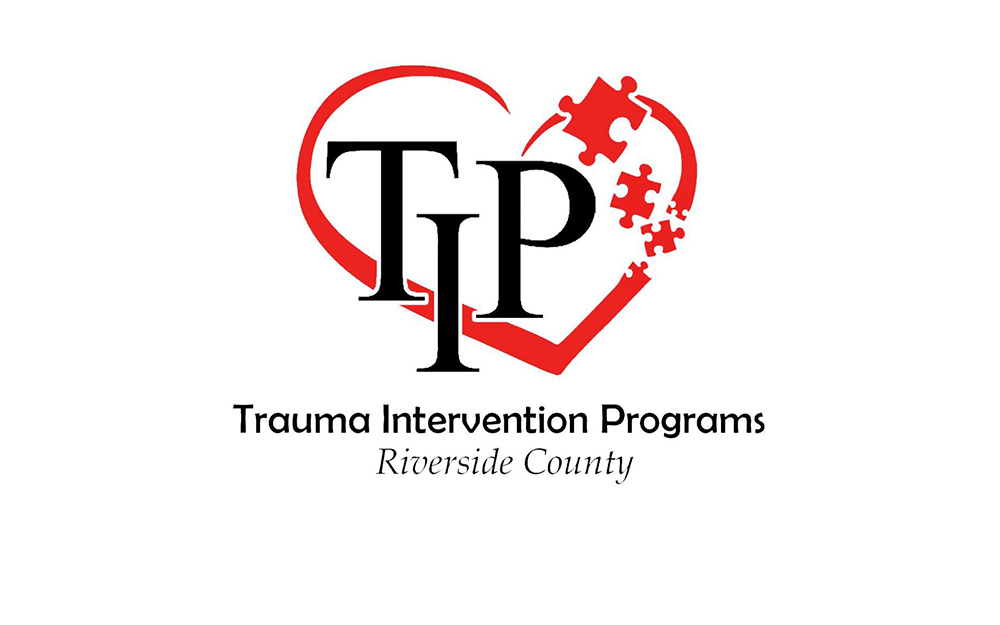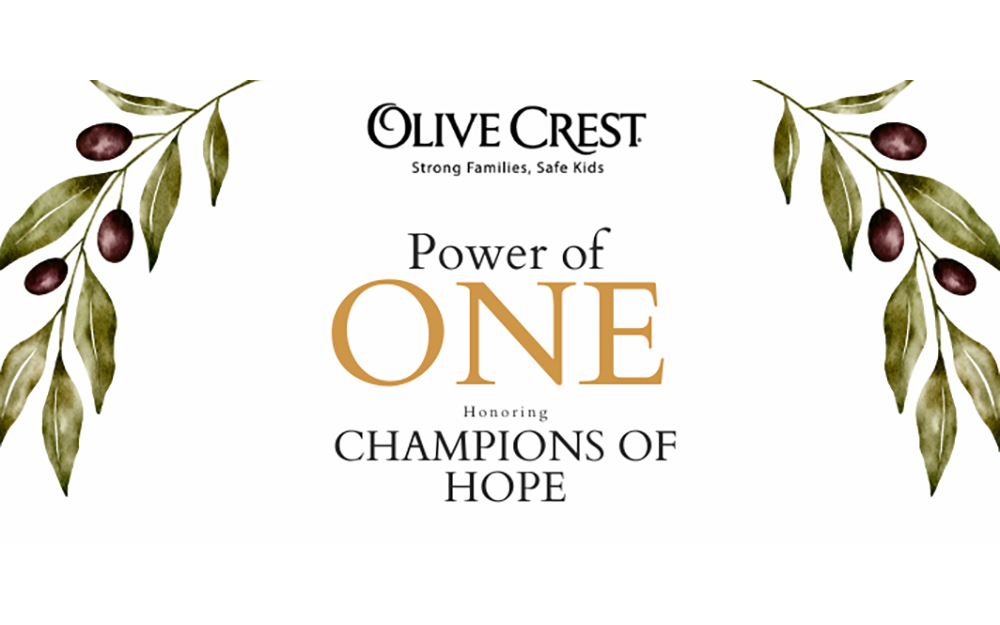
BY DR PETER KADILE
Dr. Kadile, I noticed you have the initials D.O. behind your name, Are you a chiropractor?
Jen, Bermuda Dunes
Jen, osteopaths (D.O. or Doctor of Osteopathic Medicine) and chiropractors (D.C. or Doctor of Chiropractic) have similarities but are very different.
Osteopathic medicine was developed by Dr. Andrew Taylor Still, MD, in 1874, at a time when conventional medical practices were frequently ineffective and sometimes harmful. Dr. Still believed the musculoskeletal system played a vital role in health and disease and that the body contained all the elements it needed to maintain health if properly stimulated. Dr. Still opened the first osteopathic medical school in Kirksville, Missouri in 1892.
Chiropractic was developed by Daniel David Palmer in 1895. He believed that altered nerve flow was the cause of all disease and that misaligned spinal vertebrae had an affect on the nerve flow. He theorized that restoring misaligned vertebra to their proper alignment would restore health. The Palmer School of Chiropractic was opened in Davenport, Iowa in 1897.
Both chiropractors and osteopaths can be considered “holistic” in their approach to patients, meaning evaluating and treating the body as a whole, or looking at the “whole” person. Osteopaths are trained in musculoskeletal manipulation of the whole body where as chiropractors primary focus is manipulation of the spine.
DO training involves the premed path in college leading to a four year Bachelor’s degree, followed by four years of medical school. After medical school, additional specialty training through internship, residency and possibly fellowship continues.
DC training also generally requires a 4 year Bachelor’s degree, followed by four years of chiropractic school. Post graduate programs are also available in specialty fields.
Both chiropractors and osteopaths can be licensed in all 50 states and the District of Columbia.
The scope of practice is the major difference between Doctors of Osteopathic Medicine and Doctors of Chiropractic.
Osteopaths (DO)
- Can practice the entire scope of modern medicine, patient centered, holistic, hands on approach to diagnosing and treating illness and injury
- Can choose any specialty, prescribe drugs, perform surgeries, deliver babies and practice medicine anywhere in the United States.
- Trained in musculoskeletal manipulative techniques
Chiropractors (DC)
- Focus on primary care
- Perform spinal manipulation
- Frequently treat individuals with neuromuscular complaints but are not limited to neuromuscular disorders
- Cannot perform surgery
- Cannot prescribe medication










































